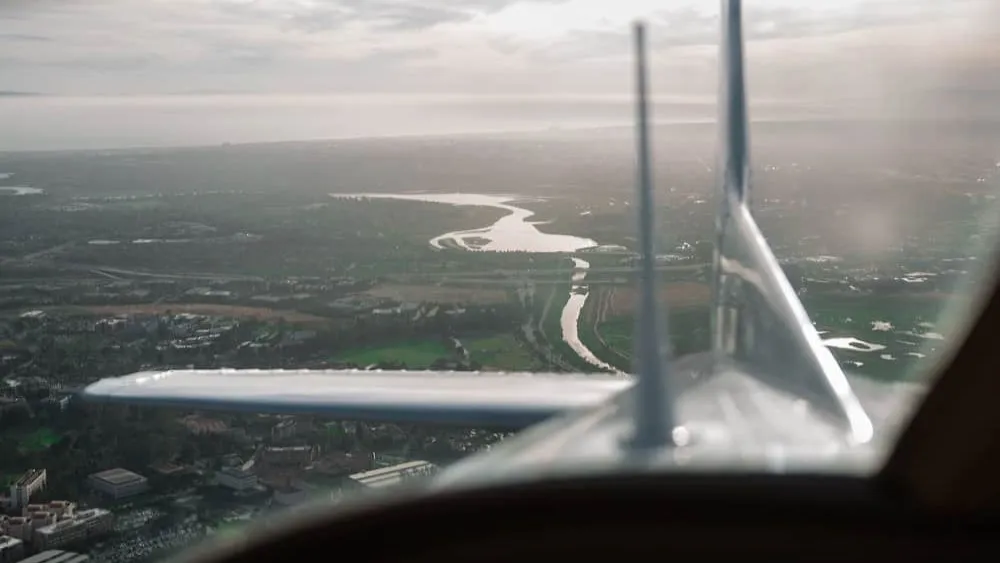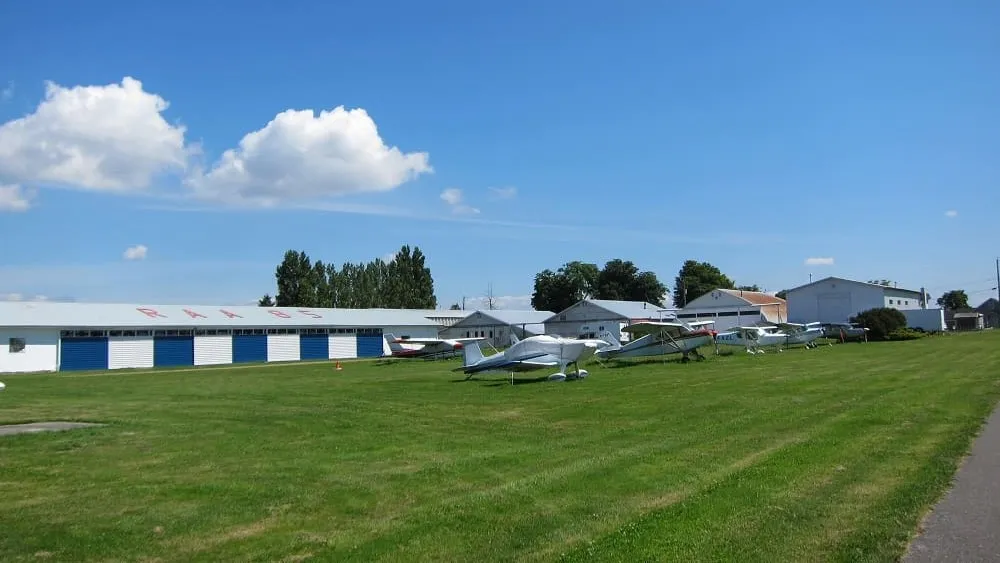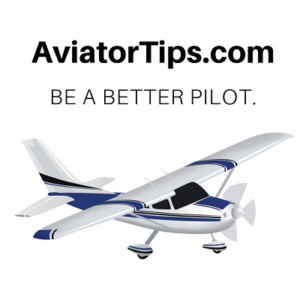How to Pick a Flight School: The Complete Guide for Private Pilots and Career Aviators
Choosing a flight school is one of the most critical and complex decisions any aspiring pilot will face. Whether you dream of flying professionally or simply want to enjoy the freedom of private flight, selecting the right flight school lays the foundation for your entire aviation journey. With a wide range of options, costs, technologies, and outcomes, it’s easy to feel overwhelmed. But if you’re methodical and informed, you can choose a flight school that gives you the best possible foundation for your aviation goals. This guide will help walk you through everything you need to know to pick a flight school with confidence, including key questions, hidden costs, accreditation, career planning, and more.
Why Picking a Flight School Is More Important Than Ever
The aviation industry is undergoing rapid change, creating both unprecedented opportunities and new complexities for student pilots. Airlines are scrambling to hire qualified pilots to meet exploding global demand. Boeing forecasts that over the next 20 years, airlines worldwide will need 674,000 new pilots, including 123,000 in North America alone. Meanwhile, the global pilot training market is expected to exceed $24 billion by 2032.
But career pilots aren’t the only ones affected. Private aviation has also seen significant growth as more individuals pursue flying for personal travel, business, or pure enjoyment. Private pilots face different needs, priorities, and training paths compared to aspiring professionals, but the stakes are still high. You want safe, efficient, and thorough training regardless of whether you’re chasing an airline job or preparing for weekend flights to your cabin.
Quick Summary: 8 Key Steps to Pick a Flight School
Before we dive into the details, here are the 8 critical steps to follow when choosing your flight school. You can click any step to jump directly to the full section:
- Visit Schools In Person
- Talk to Current Students Privately
- Observe an Actual Lesson or Simulator Session
- Interview Multiple Instructors
- Evaluate Instructor Turnover Rates
- Inspect the Entire Aircraft Fleet
- Review Scheduling and Student Load
- Look Past the Sales Pitch
Following these steps will give you a far more accurate view of any flight school than brochures or sales presentations ever will.
Start by Clarifying Your Goals
Before you even start looking at schools, get clear on your long-term objectives:
Private Pilots:
- Recreational flying
- Business travel and personal transportation
- Aircraft ownership
- Family travel
- Weekend flying and hobby aviation
Career Pilots:
- Regional or major airline pilot
- Cargo or charter flying
- Corporate aviation
- Flight instructing
- Military aviation
Each path leads to very different decisions about schools, programs, and financial investment. Pick a flight school that understands your specific goals and has the experience and resources to help you achieve them.
FAA Flight School Certifications: Part 61 vs. Part 141
In the United States, flight schools operate under one of two primary FAA regulatory structures:
| Certification Type | Requirements | Benefits | Best For |
|---|---|---|---|
| FAA Part 61 | Flexible curriculum, self-paced | Adaptable to your schedule, learning speed, and goals | Private pilots, career changers, hobbyists, working adults |
| FAA Part 141 | Structured curriculum, hour minimums, FAA-approved syllabus | Shorter minimum hour requirements, faster for full-time students | Aspiring professional pilots, full-time students |
Private pilots often benefit from the flexibility of Part 61, allowing you to train on your own schedule, pause when life intervenes, and move at your own pace. Career pilots often prefer Part 141, where the structured curriculum helps reduce required flight hours and fast-track them toward airline minimums.
Neither system guarantees better instruction. The quality of the individual instructors, fleet, and curriculum matters more than the certification alone.
Accreditation and International Recognition
If you plan to work internationally, verify that your school holds proper accreditation or certifications recognized by international authorities, such as EASA or ICAO standards. This matters less for private pilots who plan to fly domestically but can be critical for career pilots targeting international airlines.
For private pilots who may later pursue professional licenses, starting at a school with solid accreditation can also make future transitions smoother.
Career Pilot Demand: Regional Differences You Should Know
While private pilots focus more on personal flying, it’s still valuable to understand global pilot demand trends if you’re considering professional flying:
| Region | New Pilots Needed (20 years) | Growth Rate | Key Opportunities |
|---|---|---|---|
| North America | 123,000 | Moderate | Airline expansion, new technologies |
| Asia Pacific | High | Highest | Growing middle class, increased travel demand |
| Europe | Moderate | Steady | Budget airlines, tourism |
| Middle East & Africa | Moderate | Strong | Emerging markets, infrastructure development |
| Latin America | Moderate | Moderate | Tourism, regional connectivity |
Global demand shapes how many flight schools are now actively recruiting, expanding fleets, and offering airline pipeline programs. (Here’s an interesting report on regional pilot training.)
Technology Is Rapidly Changing How Pilots Are Trained
One of the biggest differentiators between flight schools today is how well they integrate modern training technology.
Modern schools invest in:
- Full-motion simulators
- Virtual reality (VR) and augmented reality (AR) trainers
- Scenario-based training modules
- Glass cockpit familiarization
- Digital learning management systems
Schools like CAE and FlightSafety International use VR in up to 40% of training to improve emergency procedure practice and real-world decision-making.
Why this matters for private pilots too:
- Advanced flight simulators allow practice of rare emergencies without risk
- VR improves muscle memory, situational awareness, and confidence
- Glass cockpit familiarity is essential for modern general aviation aircraft
- You get better preparation for complex airspace and IFR operations
When you evaluate a school, ask how they integrate these technologies. Not just whether they own them, but how they’re used in your actual curriculum.
Location: How Where You Train Changes Everything
Your flight school’s location has a huge impact on your experience, cost, and skill development.
Weather:
- Arizona, Florida, and Texas offer almost year-round flying with minimal weather delays.
- The Midwest, Northeast, and Pacific Northwest offer exposure to IFR conditions, icing, crosswinds, and real-world weather challenges.

For private pilots: consider where you intend to fly most. If you’ll fly cross-country, learn in diverse weather. If you’re staying local in warm regions, consistent training conditions may serve you better.
Airspace complexity:
- Busy Class B and C airspace builds radio communication skills.
- Rural areas may allow faster hour building but offer less real-world ATC practice.
Cost of living:
- Metro areas like Miami, Los Angeles, or Phoenix have higher living expenses.
- Rural or suburban locations can be far more affordable but may limit networking and job placement options for career pilots.
Proximity to your home:
- Private pilots often benefit from local schools, allowing better schedule flexibility.
- Career pilots may relocate for access to better airline partnership programs.
The Real Cost of Flight Training (For Both Private and Career Paths)
Too many students are blindsided by how much training really costs. Advertised prices often assume perfect weather, no delays, and minimum hours. Real-world costs almost always exceed initial quotes.
Common hidden costs include:
- Checkride examiner fees
- Ground school tuition (often separate)
- Headsets, books, iPads, charts, and apps
- Insurance, rental deposits, and fuel surcharges
- Medical certificates, TSA background checks
- FAA knowledge test fees
- Sim time (often billed separately)
- Aircraft insurance (especially for private owners)
Typical real-world cost ranges:
| Certificate | Cost Range |
|---|---|
| Private Pilot | $12,000 – $20,000 |
| Instrument Rating | $8,000 – $12,000 |
| Commercial Certificate | $25,000 – $40,000 |
| Multi-Engine Rating | $8,000 – $15,000 |
| Flight Instructor Ratings | $8,000 – $15,000 |
Full professional training can easily reach $80,000 to $120,000. Private pilot-only costs are far lower but still require significant financial planning.
See also: How much does it cost to learn to fly?
Private Pilot Training vs. Career Pilot Training: Key Differences
| Factor | Private Pilot | Career Pilot |
|---|---|---|
| Goal | Personal flying | Professional employment |
| Training pace | Flexible | Structured, fast-track |
| Required hours | FAA minimum 40 hours (usually 55-70) | 200-1500 hours total time |
| Testing | Single checkride | Multiple ratings and tests |
| Cost | $12k-$20k | $80k-$120k total |
| Financing options | Limited | More extensive options |
| Partnerships | Less important | Airline pipeline programs valuable |
How to Pick a Flight School: The Evaluation Process
Beyond certifications, locations, and marketing brochures, this is where many students make or break their flight school selection. Here’s a step-by-step approach to actually evaluating flight schools effectively.
1. Visit Schools In Person
Websites and brochures only tell part of the story. You must visit potential schools in person if possible. Look at the facilities, observe the aircraft fleet, watch the instructors interact with students, and see the actual learning environment.
2. Talk to Current Students Privately
Current students will give you far more honest feedback than admissions staff. Ask questions like:
- Are you happy with the instruction quality?
- How is the instructor availability?
- Are there frequent cancellations or scheduling delays?
- What do you wish you had known before enrolling?
- Is maintenance responsive to aircraft issues?
3. Observe an Actual Lesson or Simulator Session
Ask to sit in on a ground school or simulator session. Look for:
- Instructor professionalism and preparation
- Student engagement
- Real-world scenario practice
- Modern materials vs outdated slides and textbooks
4. Interview Multiple Instructors
Meet and talk with several instructors, not just the admissions representative. Ask about:
- Their teaching philosophy
- How they adapt to different student learning styles
- How long they’ve been teaching (and how long they plan to stay)
- Their own flying backgrounds
Instructors are one of the biggest make-or-break variables in flight training. Good instructors not only teach skills but build confidence and decision-making.
5. Evaluate Instructor Turnover Rates
High turnover often means the school relies heavily on young CFIs building hours who leave as soon as they’re eligible for airline jobs. This can result in inconsistency for students. A mix of experienced instructors and junior CFIs often provides better training stability.
6. Inspect the Entire Aircraft Fleet
Don’t just look at the newest plane parked out front. Walk the hangars, check:
- Overall condition and cleanliness
- Variety of training aircraft available
- Maintenance logs (they should be available if you request)
- Number of out-of-service planes
- Backup aircraft availability
A well-maintained fleet reflects a serious, safety-focused operation.

7. Review Scheduling and Student Load
Ask how many students share each instructor. Will you be able to fly as frequently as you want? Long waitlists for aircraft or instructors can slow your progress.
8. Look Past the Sales Pitch
If everything sounds perfect, push harder:
- Ask about students who have dropped out
- Ask how they handle students who struggle or fall behind
- Request actual graduation and job placement rates
- Ask for contact info for a few recent graduates
Schools that hesitate to answer these questions may have something to hide.
Financing Options for Flight Training
Because training is expensive, most students need some form of financing. Your options will depend on whether you’re pursuing private or professional training.
Common options include:
- Private student loans (Sallie Mae, Meritize, AOPA Finance)
- Flight school financing partnerships
- Scholarships and aviation foundation grants
- VA benefits for military veterans
- Personal savings or family funding
Financing tips:
- Compare all loan terms carefully
- Avoid high-interest loans with inflexible terms
- Use scholarships and grants wherever possible
- Build a full budget to avoid mid-training funding gaps
Even private pilots should plan funding carefully, especially if they eventually pursue advanced ratings.
See also: How to learn to fly when you’re broke
Build Your Own Flight School Scoring System
Choosing a flight school can be complex, so create an objective scoring model to compare schools:
| Category | Weight |
|---|---|
| Fleet and maintenance quality | 20% |
| Instructor quality and experience | 20% |
| Cost transparency | 15% |
| Technology and simulator integration | 15% |
| Scheduling flexibility | 10% |
| Student satisfaction | 10% |
| Career support or partnerships (if applicable) | 10% |
Visit several schools and apply the same scoring system to each.
Summary: How to Pick a Flight School That Fits Your Aviation Goals
Whether you’re pursuing a private pilot license for personal freedom or aiming for a professional cockpit career, choosing the right flight school is one of the most important investments you’ll make.
Key factors to evaluate include:
- FAA certification (Part 61 vs. 141)
- Program flexibility and pace
- Accreditation and international recognition
- Fleet quality and aircraft maintenance standards
- Instructor experience and teaching ability
- Modern technology and simulation resources
- Full cost transparency (including hidden fees)
- Location, weather, and airspace complexity
- Financing options and scholarships
- Airline partnerships and career placement (for professional goals)
- The detailed, hands-on evaluation you do before enrolling
If you approach your research with discipline, objectivity, and a clear understanding of your personal goals, you’ll dramatically increase your odds of completing your training successfully and enjoying a lifetime of safe, rewarding flying, whether for fun or for a career.
Recent Posts
FAA MOSAIC Final Rule: What Pilots, Manufacturers, and the Aviation Community Need to Know
Learn how the FAA’s MOSAIC final rule revolutionizes Light-Sport Aircraft certification, expands Sport Pilot privileges, and reshapes general aviation. See what’s changing, when it takes effect,...
Student Pilot Insurance: Essential Coverage for Aspiring Flyers
Discover how student pilot insurance can protect your flying dreams. Get expert tips and coverage options to ensure your safety and peace of mind.


